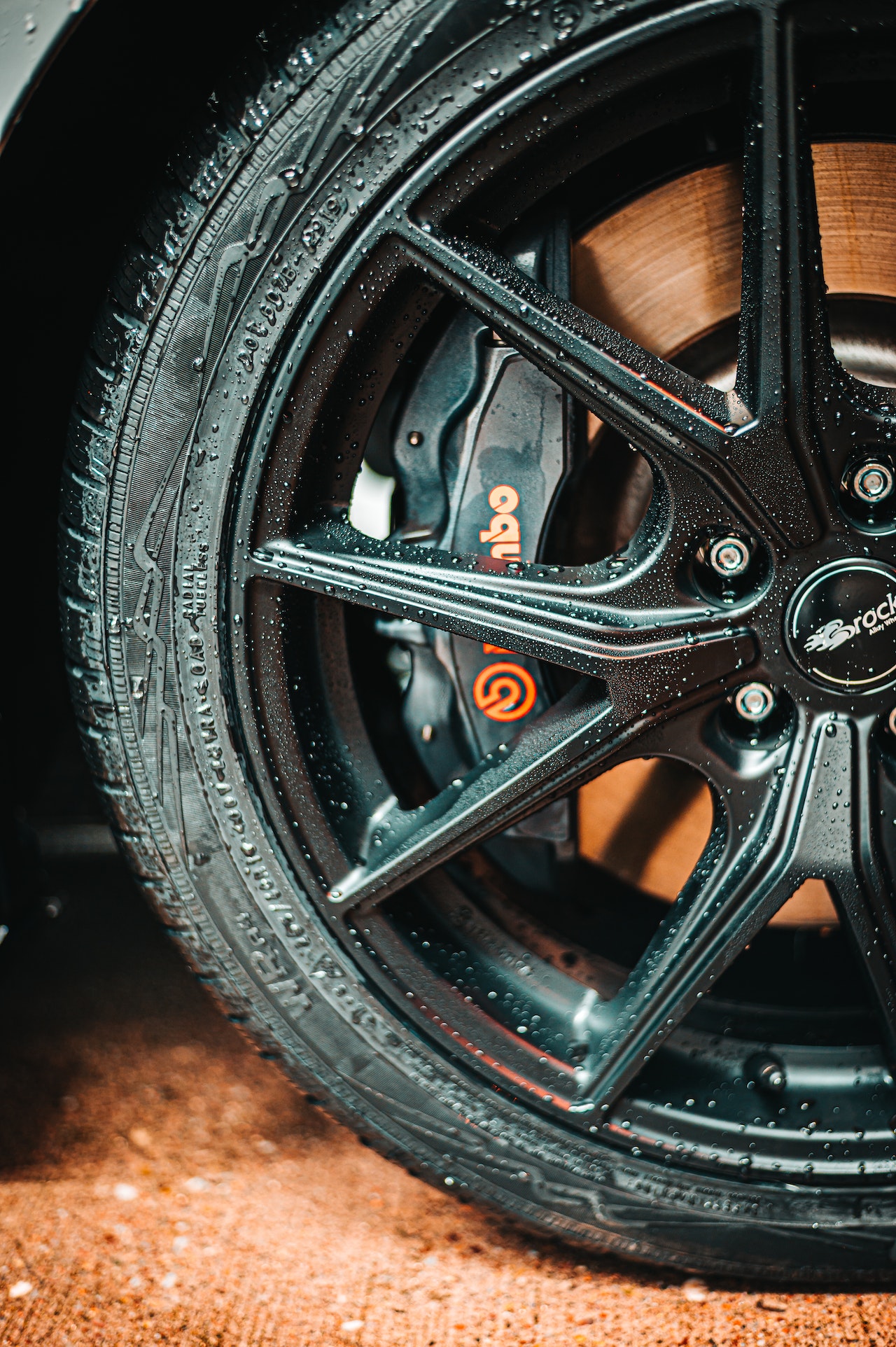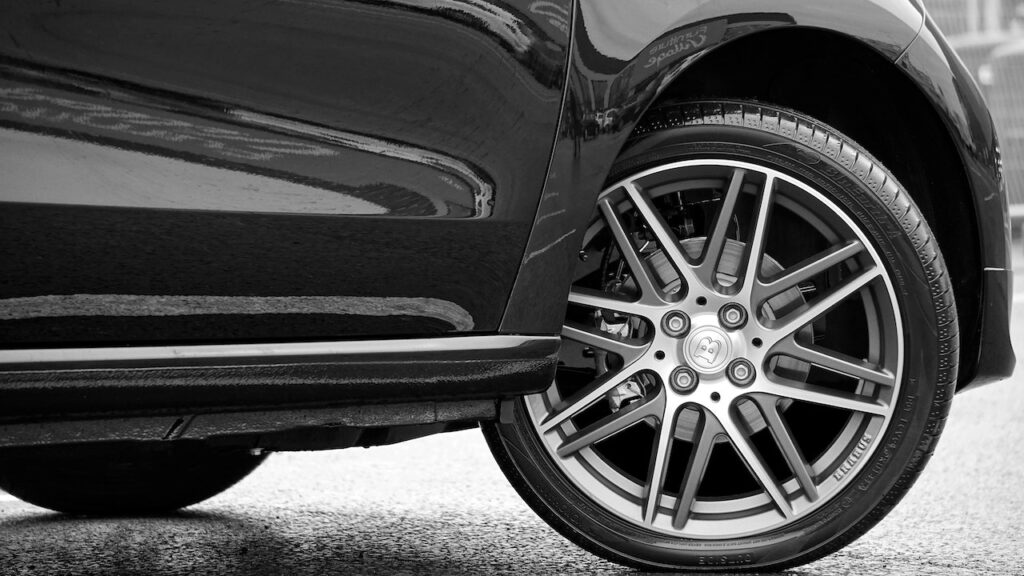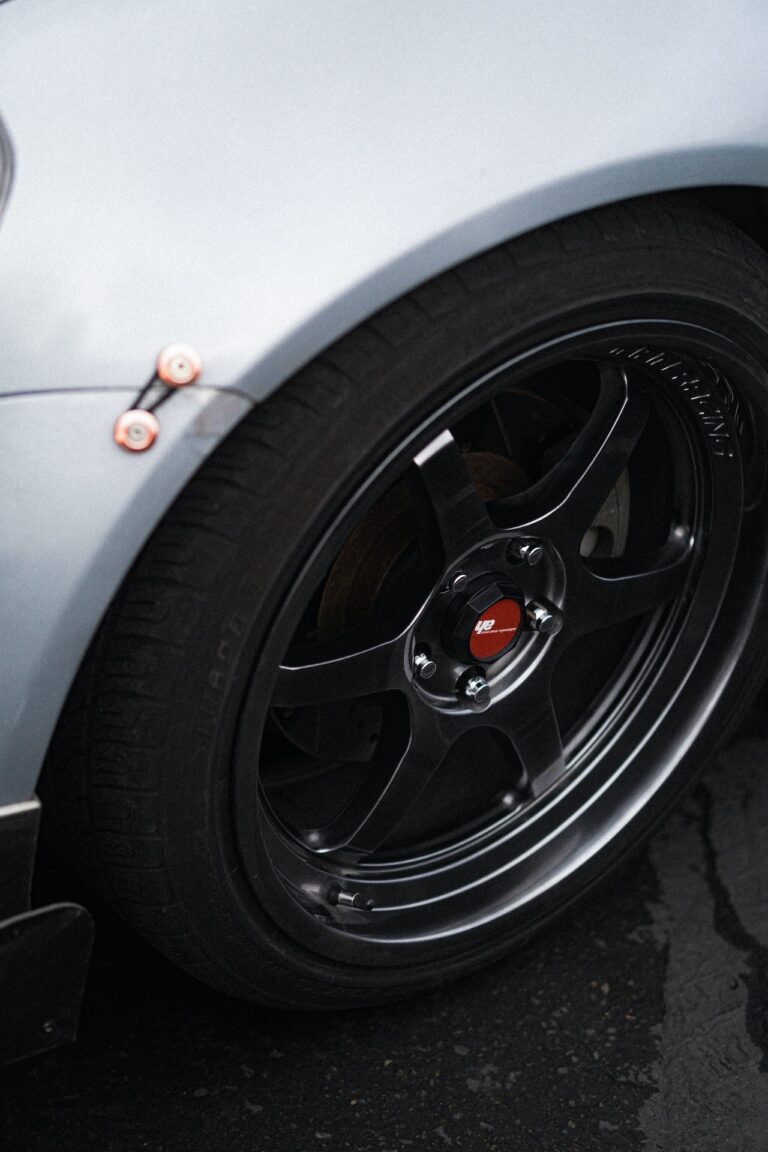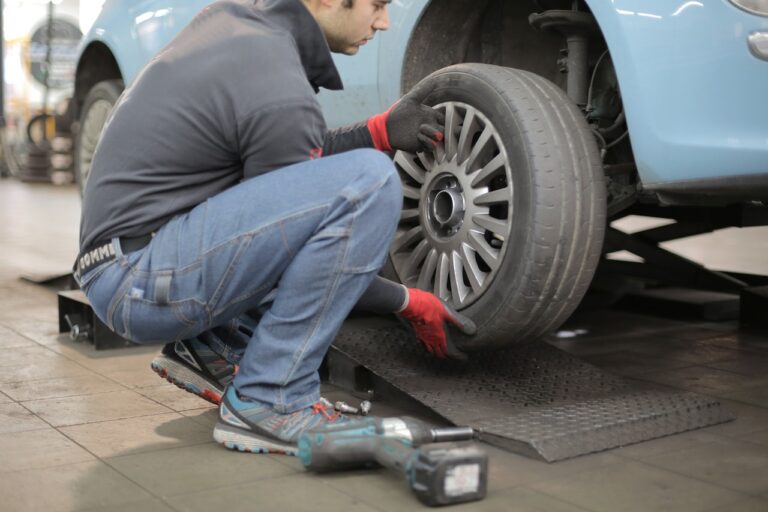Directional or Non-Directional Tires: How to Tell the Difference

how to tell if tires are directional?
Directional tires have a V-shaped or arrow-like tread pattern. The grooves on the tire will point in a specific direction, which is usually toward the front of the vehicle. Directional tires will have the word “directional” or “rotation” printed on the sidewall, along with an arrow indicating the direction of rotation.
Read my previous blog – How to Slash Tires Quietly Without Getting Caught
which way do directional tires go

Directional tires are designed to rotate in one direction only, and the direction of rotation is indicated by an arrow on the tire’s sidewall. In most cases, the arrow will point toward the front of the vehicle, indicating that the tire should rotate in a forward direction as the vehicle moves forward.
how to know if tires are directional
- Many directional tires have an arrow on the sidewall that indicates the direction of rotation. The arrow will usually be labeled “rotation” or “direction.”
- Directional tires have a V-shaped or arrow-like tread pattern that is designed to improve wet traction by channeling water away from the tire. The grooves on the tire will point in a specific direction, usually toward the front of the vehicle.
- If the tire is mounted correctly, the direction of rotation will match the direction of travel. This means that the tread pattern will be pointing toward the front of the vehicle.
- Directional tires will have the word “directional” or “rotation” printed on the sidewall, along with an arrow indicating the direction of rotation.
what happens when directional tires are put on wrong?
Directional tires are designed to channel water away from the tire’s surface, which helps to improve wet traction. If the tires are mounted in the wrong direction, the tread pattern may be working against this goal, resulting in reduced traction on wet roads. the sound waves may be disrupted, resulting in increased road noise.
If the tires are mounted in the wrong direction, their handling and stability can be affected, which can increase the risk of an accident.
are all tires directional?
No, not all tires are directional. Directional tires have a specific tread pattern that is designed to rotate in one direction only, and they have an arrow on the sidewall indicating the direction of rotation. The tread pattern is designed to improve wet traction by channeling water away from the tire’s surface, and it also helps to reduce road noise.
how to tell if your tires are on backward
If your tires are making more noise than usual, or if you hear a rumbling or humming sound, it could be a sign that your tires are on backward. If your tires are not gripping the road as well as they used to, it could be a sign that they are on backward.
directional tires put on the wrong Side
If directional tires get mounted backward, you won’t get the hydroplaning resistance and other performance driving benefits the tread is designed for. Front and rear tires often wear at different rates. It is recommended to rotate standard tires between front and back and crossways to maximize lifetime mileage.
Source – https://www.lesschwab.com/article/what-are-directional-tires.html
wheel rotation indicator
A wheel rotation indicator is a small device that is attached to a tire’s sidewall to help indicate when it’s time to rotate the tires. The indicator typically consists of a small arrow or triangle that points to a specific location on the tire’s sidewall.
which way should the tire tread face?
The tire tread pattern should face the direction of travel, meaning it should face forward when mounted on the vehicle. This is for both directional and non-directional tires.
If directional tires are mounted in the wrong direction, their performance can be negatively affected, and they can become noisy and have reduced traction.
which side of spare tire faces out
If the spare tire is a non-directional tire, the tire can be mounted with either side facing out. Non-directional tires have a symmetrical tread pattern that is designed to provide uniform performance in both directions of travel.
how to rotate unidirectional tires
Unidirectional tires are tires that have a specific tread pattern designed to rotate in one direction only, which means they can only be mounted in one direction on the vehicle. Rotating unidirectional tires is not possible.
how to tell if tires are unidirectional?
You can tell if a tire is unidirectional by looking at the tread pattern on the tire. Unidirectional tires have a specific tread pattern that is designed to rotate in one direction only, and they often have an arrow on the sidewall indicating the direction of rotation.
how to mount directional tires
- Look for the arrow on the sidewall of the tire that indicates the direction of rotation. The arrow will typically be labeled as “Rotation” or “Direction”. Make sure the tires are facing the correct direction before mounting them on the vehicle.
- The position of the tires is also important when mounting directional tires. For example, some vehicles may require the directional tires to be mounted only on the front or rear axle, while others may allow them to be mounted on any position.
- When mounting the directional tires on the vehicle, make sure the direction of rotation matches the direction of travel for the corresponding axle. This means that the tires on the left side of the vehicle should rotate in the opposite direction of the tires on the right side of the vehicle.
- Use a torque wrench to tighten the lug nuts to the manufacturer’s recommended torque specification. Make sure the lug nuts are tightened in a star pattern to ensure even tightening.
- Check for leaks by spraying the tires with soapy water and looking for bubbles.
- If you see bubbles, the tire may not be seated properly on the rim or there may be a leak in the valve stem. Correct any issues before driving the vehicle.



